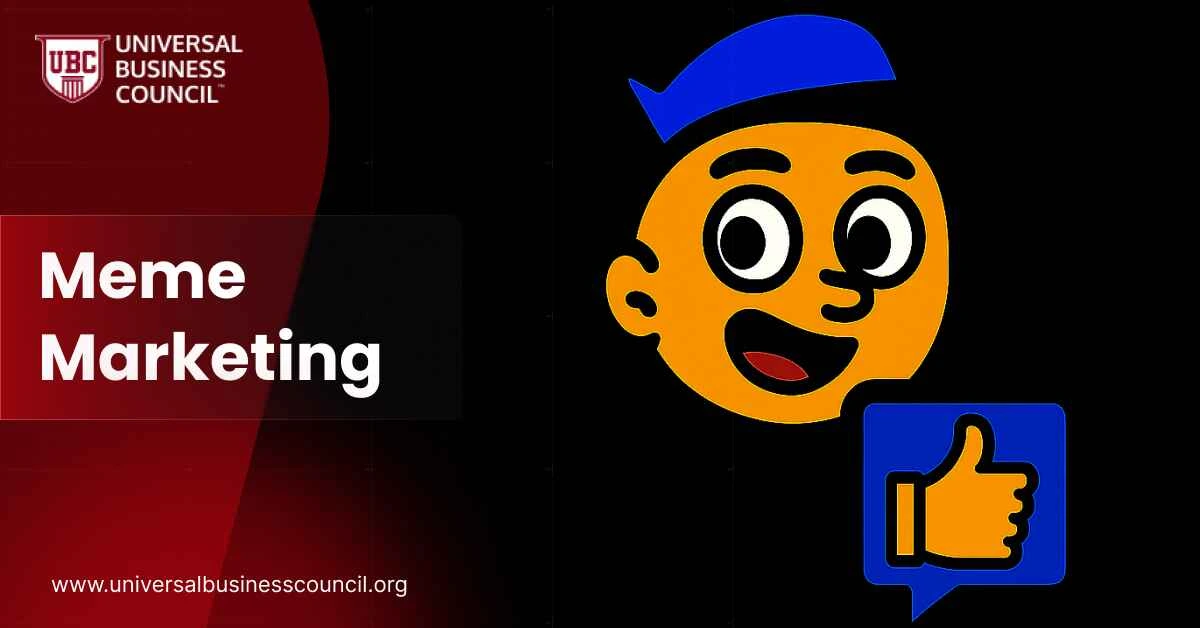
What is Meme Marketing?
Meme marketing is when brands use funny, clever, or relatable internet content to promote their products or ideas. Instead of traditional ads, memes let brands blend into people’s social media feeds naturally. Memes are usually based on trending jokes, popular culture, or shared emotions. They work best when they feel authentic, not like hard sales pitches. In 2025, meme marketing is not just a side tactic — it’s a key part of many brands’ strategies to increase awareness and build community.Why Meme Marketing Works So Well
Meme marketing succeeds because it matches how people behave online today. Here’s why it’s so effective:- Relatable: People connect more with humor and shared experiences than with formal advertising.
- Shareable: Memes are built to be passed along, helping brands go viral organically.
- Low-cost: Creating memes doesn’t require big budgets or fancy production.
- Culture-driven: Memes tap into what’s happening now, making brands feel current and aware.
- Emotional: Humor, nostalgia, and cleverness spark emotions, making people remember your brand.
Key Benefits of Meme Marketing
| Benefit | How It Helps Brands |
| High shareability | Expands reach without extra spend |
| Audience connection | Builds loyalty and relatability |
| Cultural relevance | Shows the brand understands trends |
| Low production costs | Makes campaigns affordable |
| Boosted engagement | Increases likes, comments, shares |
Examples of Brands Using Meme Marketing Successfully
Many brands have mastered the art of meme marketing by staying relevant, funny, and genuine. Here are some standout examples from 2025:- Duolingo The language learning app keeps its owl mascot funny, bold, and unpredictable. Their memes often use trending formats to poke fun at procrastination and motivate users humorously.
- Netflix Netflix uses memes to promote shows, celebrate iconic scenes, and tease new releases. Their memes feel fan-made, helping them connect better with viewers.
- Ryanair The airline’s social media team uses self-deprecating humor and trending meme formats to build brand awareness without sounding corporate.
How to Create a Strong Meme Marketing Strategy
To succeed with meme marketing, you need more than just funny images. You need a smart approach. Here’s how:1. Know Your Audience
Understand what your followers find funny. A meme that works for teenagers might not land with professionals.2. Stay Current
Use trending memes and topics. Timing is critical. A meme that’s a week old may already feel outdated.3. Keep It Authentic
Your memes should match your brand voice. If your brand is playful, go wild. If it’s more serious, use clever humor instead of slapstick jokes.4. Blend Entertainment and Subtle Promotion
Avoid making every meme an obvious ad. Focus first on entertaining your audience. Promotion should be secondary and subtle.5. Test and Learn
Not every meme will go viral. Post, measure engagement, and refine your style based on what works.Steps to Successful Meme Marketing
| Step | Why It Matters |
| Understand your audience | Ensures relevance and relatability |
| Use current trends | Keeps content fresh and shareable |
| Maintain brand authenticity | Builds trust and consistency |
| Prioritize humor over sales | Makes content more engaging |
| Track performance | Helps improve future memes |
Common Mistakes to Avoid in Meme Marketing
While meme marketing is powerful, it’s easy to get it wrong. Avoid these mistakes:- Using outdated memes: Posting an old meme shows you’re out of touch.
- Forcing memes into serious brands: Some brands aren’t a natural fit for memes. Forcing humor can hurt credibility.
- Ignoring cultural context: Some memes may have hidden meanings or controversies. Always research before posting.
- Overposting memes: Balance memes with other types of valuable content.
Best Platforms for Meme Marketing in 2025
Memes work differently across social media platforms. Here’s where meme marketing is strongest today:- Instagram: Perfect for image-based memes, carousel posts, and Reels with meme audio.
- Facebook: Still great for meme sharing among broader demographics.
- X (formerly Twitter): Best for fast reactions to trending memes and news.
- TikTok: Ideal for meme-inspired videos and audio trends.
- LinkedIn: Emerging space for clever, work-related memes (used cautiously).
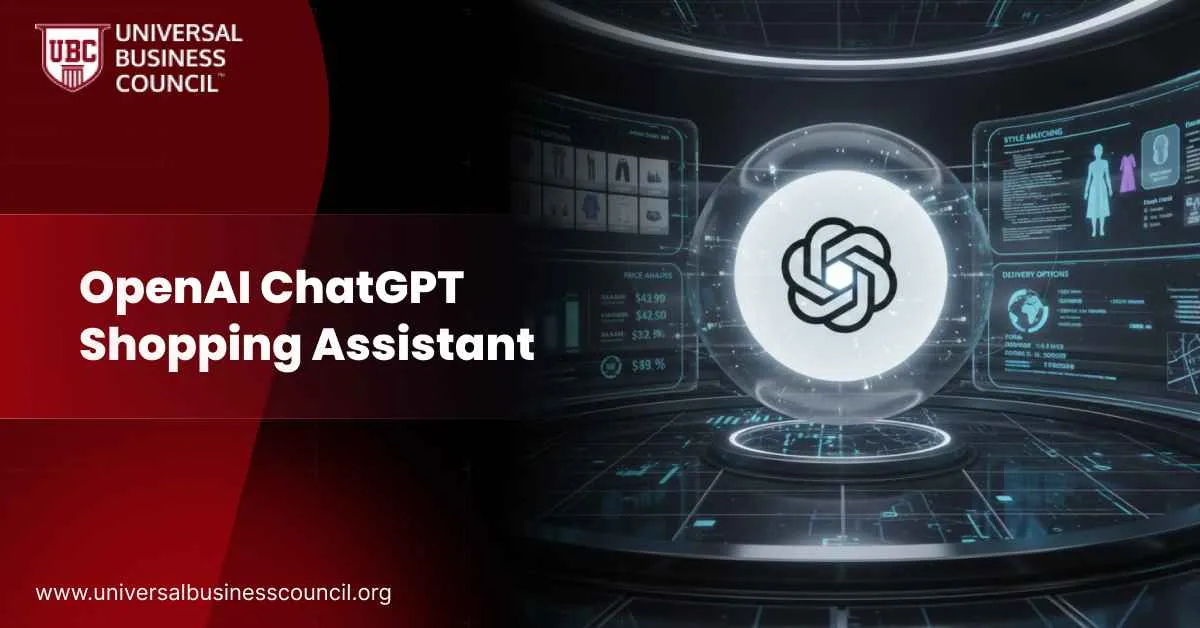
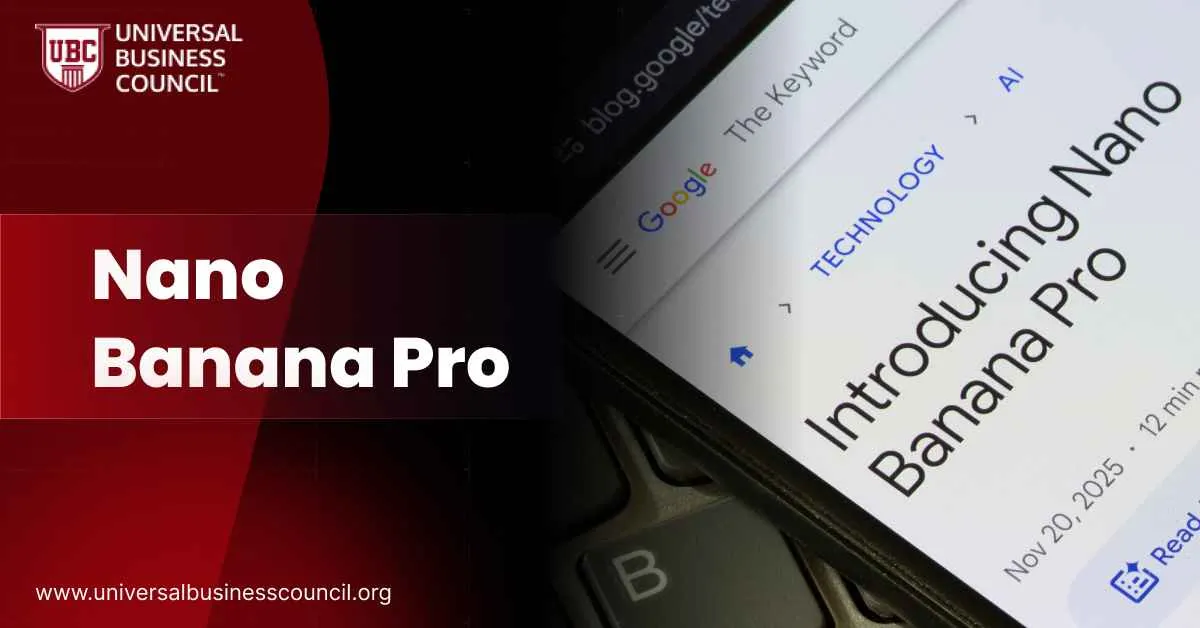
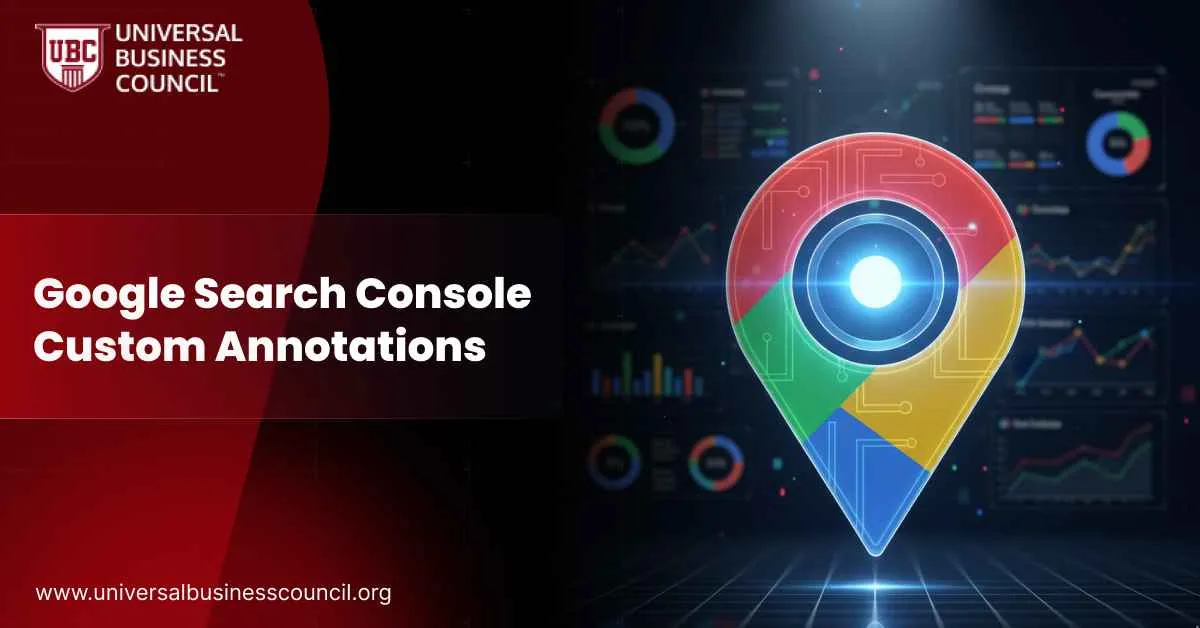
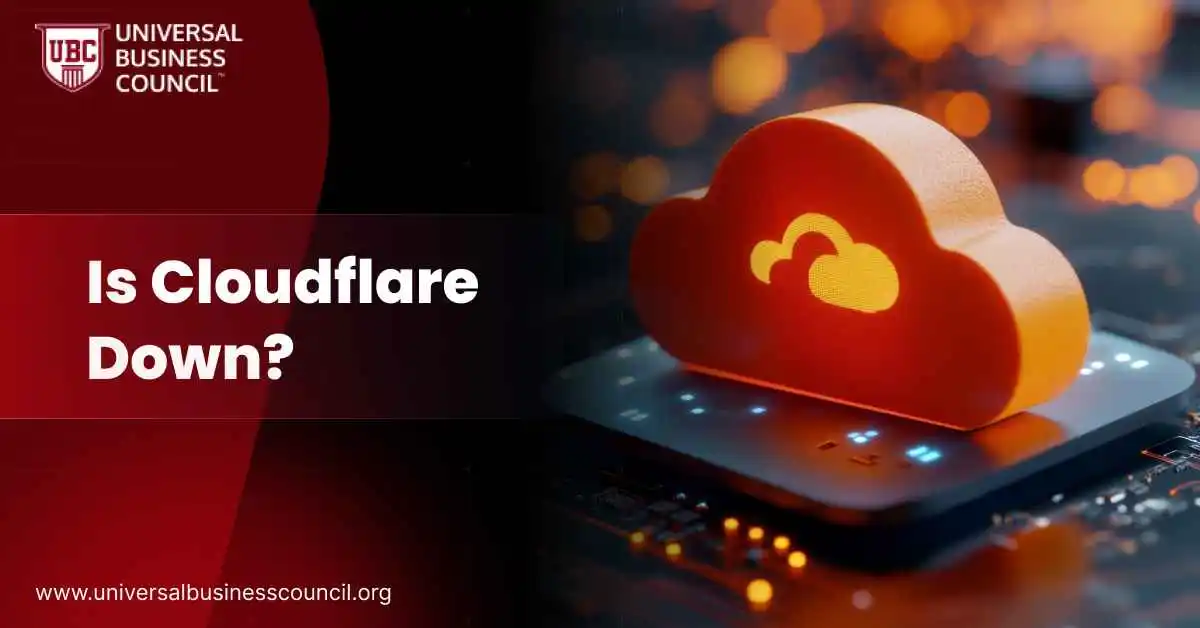
Leave a Reply